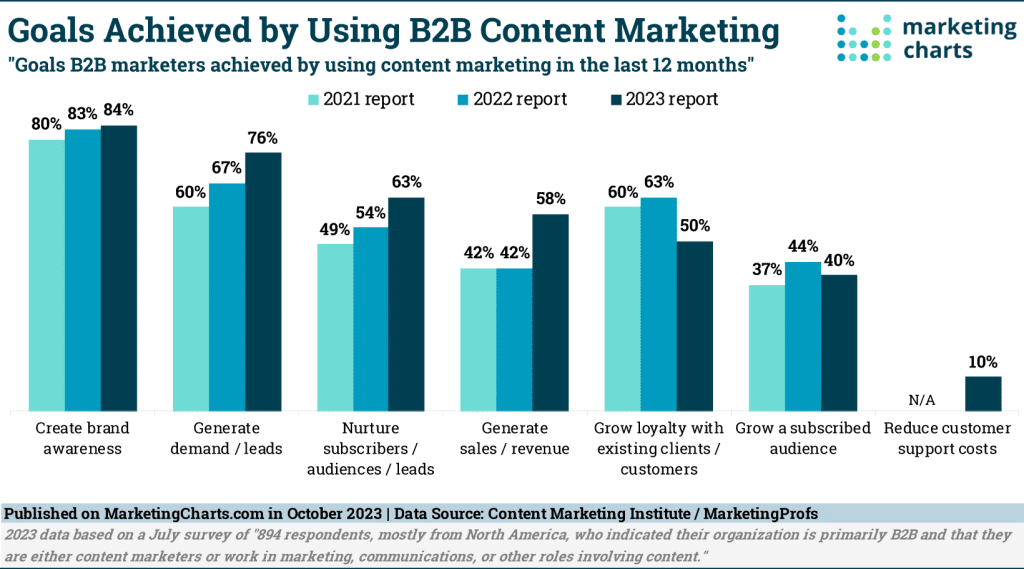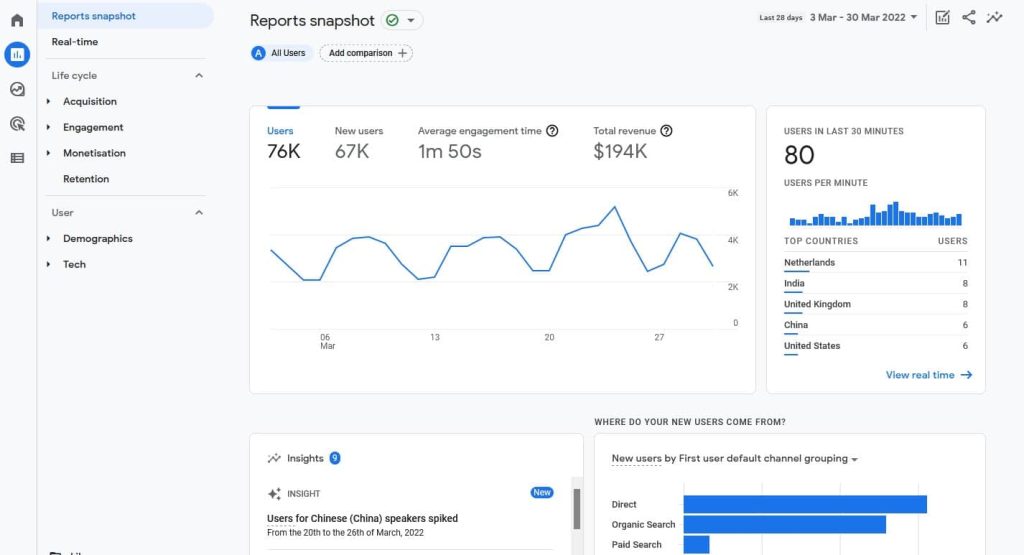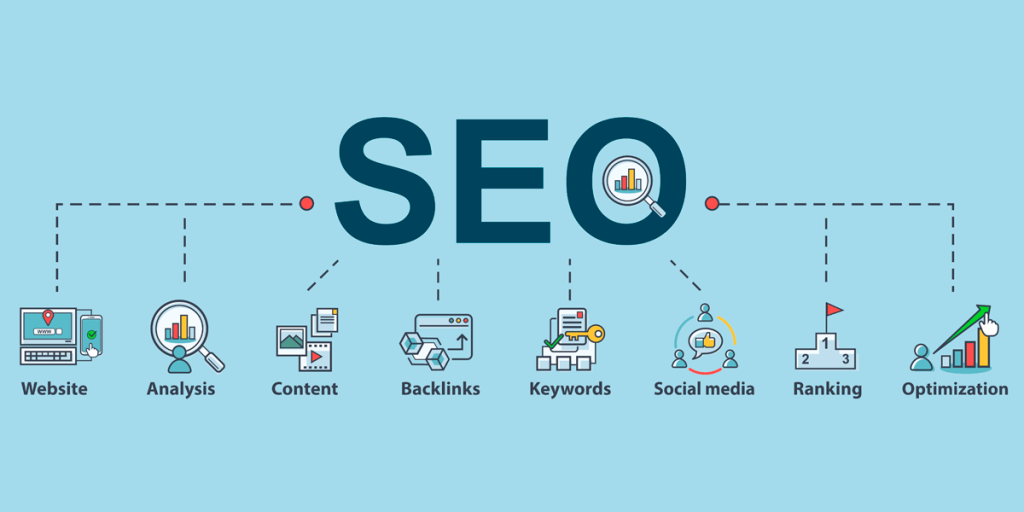
The Simple Trick to Content Marketing Strategy Prioritization
We love writing articles that make you a better content creator. Our goal is to deliver news on the ‘best of the best’ content and tools, knowing well the impact they can have on your content marketing game.
But, we also know that sometimes things go sideways. Out of the blue, you’re hit with the need for immediate content that wasn’t on your radar, leaving you scrambling to produce something impactful in what feels like minutes. So, how do you pull off these content miracles and still strike a chord with your audience?
We’re here to hand over the playbook—filled with the best content marketing examples, pro tips, and secret hacks. In this article, you’ll find our bulletproof content prioritization plan that’s practically guaranteed to win your audience over.
Quick Takeaways:
- Planning content ahead is essential for creating impactful material that resonates with the audience.
- Employing content prioritization tactics allows for effective handling of unexpected content requests without panic.
- Implementing the 80/20 rule helps in focusing efforts on content that generates the most return, optimizing resource allocation.
- Setting clear guidelines and prioritization criteria is fundamental in managing content requests and ensuring alignment with organizational goals.
The Issue of Last-Minute Content
As content marketers, we hold these two truths to be self-evident:
- Planning your content in advance is an absolute necessity and ensures that you have optimal time to create content that will resonate with your audience.
- Number 1 is often thrown out the window.
Video Source: Jerry Potter
In life, things just happen. More often than not, we are completely unprepared for these situations. And it isn’t because we never expect them to happen to us, but because we don’t necessarily consider it a priority or we have too much else to focus on right now that we think, “Oh, we’ll just do it later.”
And then the figurative (or actual) pipe bursts and we are suddenly scrambling for time to create content (or money, because we suddenly find ourselves in need of $1,000 worth of repairs and a drenched basement but barren, practically nonexistent “rainy day” fund).
That’s where the idea of content prioritization tactics come in: You don’t have to panic when you suddenly find yourself swamped with requests for content you hadn’t planned on creating. Instead, you’ll turn to the predetermined criteria and use it as a guideline for handling any sudden content requests.
Learn How to Prioritize Content
When prioritizing your content, there are some steps you need to take well before you ever come across a situation in which you need to decide if you should accept, hold, or reject a request for content from someone in the company.
We look at content prioritization in terms of three items:
- Guidelines
- The 80/20 Rule
- Prioritization Criteria
You need to create a set of content guidelines and determine your prioritization criteria first as well as implement an 80/20 rule for your team. We will go over the “how” for both the creation and implementation of all three items.
1. Guidelines
The first thing you will want to do is to create a set of guidelines that your team will follow when making decisions about the type of content projects to take on. These guidelines are not to be confused with your content prioritization tactics, which we will discuss momentarily.
Instead, this set of guidelines is really just a detailed outline of the goals that your content marketing team strives to meet and the principles to which all team members adhere when they are creating content for the organization.
To Create the Guidelines:
When it comes to creating your timeline, think of your goals and principles. Your goals may include:
- Generating leads
- Engaging your audience
- Creating stronger brand awareness

Image Source: Marketing Charts
Your principles may include ethical/moral obligations (if it impacts the health, finances, etc. of our audience, we will determine how to best prioritize it) or your company’s mission/vision/values (it speaks to or is a prime example of our company’s mission and therefore must be considered).
To Implement the Guidelines:
Talk with your team about these guidelines. Make sure that they understand that these guidelines must be consulted upon receiving any request. Have these guidelines readily available, and consider making print outs for everyone to keep at their desks.
Once your team uses them and becomes more familiar with the guidelines, they will start to memorize them and be able to quickly filter through the requests that come in.
2. The 80/20 Rule
The idea behind the 80/20 rule is that 20% of your content is responsible for 80% of the traffic, leads, sales, etc. that is generated.
To Define the 80/20 Rule:
There really isn’t much to do in terms of the 80/20 rule except for understanding what it means. The work for this item will come when implementing it.

Image Source: Breeze
To Implement the 80/20 Rule:
To manage content requests, you can include the 80/20 rule as part of your selection guidelines. If the content requested will help you reach your goal or is on a topic that shows the most return on investment, it’s one you want to consider taking.
3. Prioritization Criteria
Prioritization criteria are the final area of consideration. Once you’ve decided that a content request is valid (based on your guidelines), you need to determine how to prioritize it among all your other requests and predetermined content schedule.
To Create the Prioritization Criteria:
Now is where you establish what takes precedence in terms of the requests that your team agreed to take on. These criteria will vary among teams and companies and will focus on prioritizing content that helps you reach your goals. Such criteria may include:
- Overall impact. The impact may be on lead generation, sales, etc.
- Cost. Weigh your return on investment; you may need more time to better strategize the content to reduce the cost of creating it.
- Resources. Do you have the staff, time, capabilities, etc. to successfully, easily, and/or cost-effectively execute the request?
To Implement the Prioritization Criteria:
When determining what content gets priority, you will refer to your pre-established criteria. Some content may meet the same criteria in terms of prioritization, so look for the one that sets them apart (e.g., one is cheaper to produce). And for other content, it won’t matter how much of the criteria it meets if it checks the box for the criterion that prioritizes it as an absolute first.
For example, you could say that the ethical obligation to report something means it takes precedence above all else. If you work for a medical device company, an urgent recall needs to be handled immediately; all other requests for content like advertisements, news articles, or graphics get pushed, momentarily, to the side.
The Biggest Content Prioritization Challenge
You may find that adhering to everything you have defined and established as part of your processes may not often be followed, especially when they are newly implemented. Sometimes we feel a need to just say “Yes” to everything that comes our way, and while it seems like a good thing (making people happy, producing more content), you overextend your team and resources and risk putting out terrible (or not as effective) content.
Once you and your team become more familiar with the criteria and begin to use them when it comes to content requests, applying the criteria will become second nature. Your team will be able to seamlessly turn around any request for content that comes its way.
Other Items to Keep in Mind
Even though you have your content prioritization criteria in order, there are a few more things to keep in mind. They are:
1. Learning how to say “No, but..” (or, “Not right now.”)
Sometimes, suggestions are bad. (“Bad” being subjective, but by this we mean the request is confusing, it doesn’t align with the company’s goals, etc.) But, don’t disregard it completely.
Work with the requester to get a better picture of what it is that they need and see how you can make it so it fits within your guidelines. And your prioritization criteria will help you say, “Yes, but not right now.”
2. Being realistic with your time
Your guidelines, the 80/20 Rule, and your prioritization criteria will help you strategically select content on which to focus, but remember that you only have so much time to get things accomplished.
If you don’t have the staff or other resources to get multiple high-priority pieces of content out, you’ll end up creating lackluster content. Therefore, it’s better to be honest with yourself and others about the amount of time it will take to fulfill a specific content request.
When you have a plan in place to deal with sudden content emergencies, they won’t feel like emergencies. Use these content prioritization tactics so you can stay flexible with your content calendar and keep on top of sudden trends.
3. Leverage data for smarter content prioritization
We swear by the power of data to make sure our content hits the mark every time. It’s like having a cheat sheet that tells us exactly what our audience loves. Yet, 87% of marketers say data is their company’s most under-utilized asset. That’s a stat we can’t simply ignore.
So, how do we do it? Tools like Google Analytics become our best friends. They show us which articles our readers can’t get enough of and which they skip. This way, we focus on creating more of what works, cutting down on guesswork.

Image Source: Niche Pursuits
We also test our hunches. Think A/B testing for headlines or different post times. It’s all about seeing what sticks, then doing more of that.
In short, data helps us keep our content game strong. We look at what our audience loves, double down on it, and keep serving hits.
4. Integrate SEO best practices
Did you know that 93% of online experiences start with a search engine like Google? That means you need to make SEO your new best friend.
Our approach is simple. We zero in on the right keywords – the ones you’re actually searching for. Then, we create our content to be clear, direct, and exactly what you’re looking for. We also make sure our site loads fast and looks great on your phone, because who has the patience for slow websites?
Backlinks are another key piece of the puzzle. We aim to create content that’s so good, other sites can’t help but link to it.

Image Source: Running Robots
5. Take advantage of tools and technologies
The right tools and technologies can give your content the extra edge it needs to beat out your competition.
First up, we’ve got Content Management Systems (CMS) like WordPress. These platforms help us plan, publish, and keep track of all our content in one place.
Then, there are SEO tools, like Yoast SEO and Ahrefs. They guide us in optimizing our content to make sure it’s exactly what search engines (and you) are looking for.
Remember, analytics tools like Google Analytics play a huge part too. They show us what’s working and what’s not, helping us make smarter decisions about what content to create next.
And let’s not forget about AI. With AI, you can streamline your content creation process, focusing on personalization and automation. This will help you tailor content to audience preferences and automate tedious tasks, ensuring your content is both relevant and efficiently produced.
Mastering Content Prioritization: The Key to Engaging Content
Mastering content prioritization is about being adaptable, smart, and strategic with every piece of content we create. From setting clear guidelines to embracing the power of data, SEO, and cutting-edge tools, we’ve covered the essentials to ensure your content not only meets, but exceeds audience expectations.
Ready to master content prioritization? Check out our SEO Blog Writing Service or schedule a quick consultation to learn more about how Marketing Insider Group can help you earn more leads for your business.






